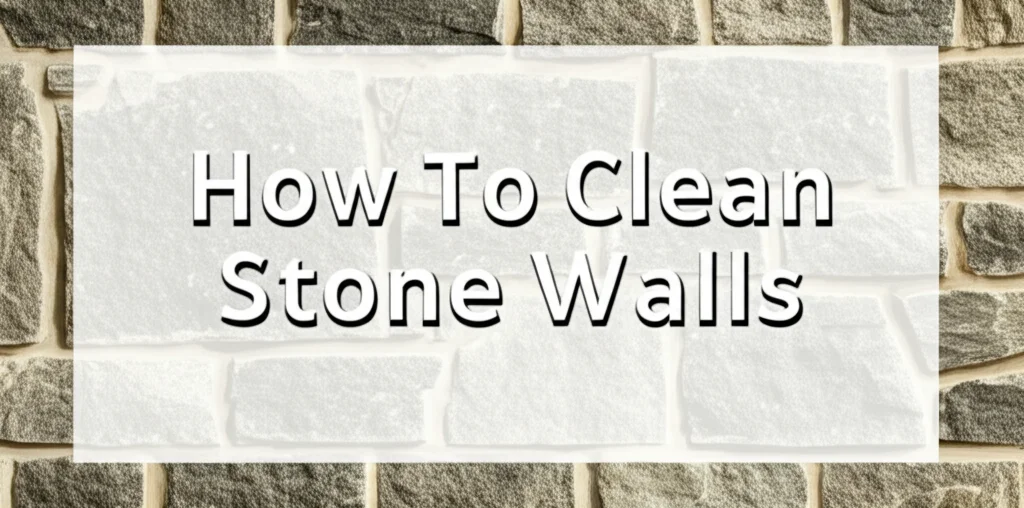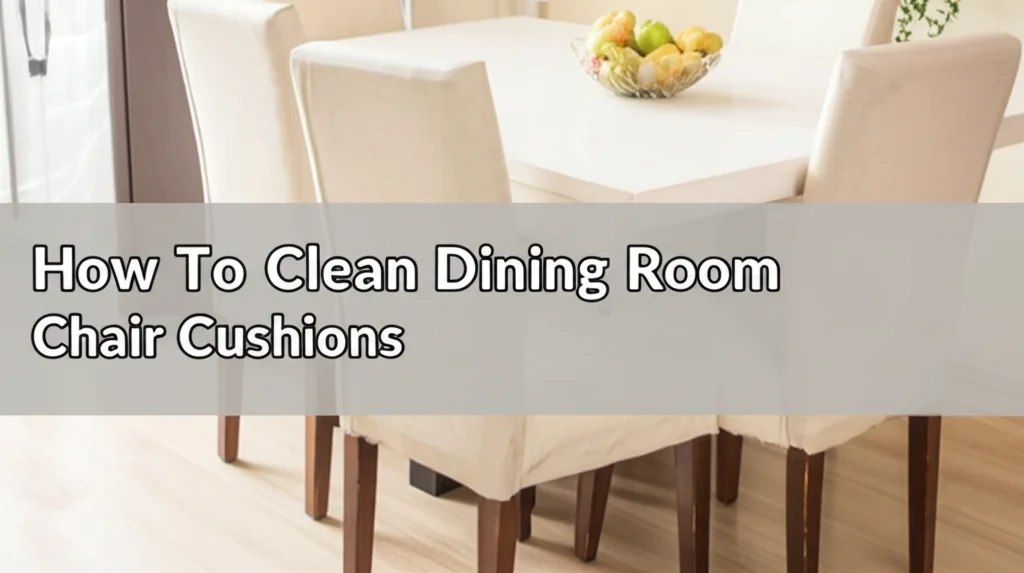· Home Cleaning · 7 min read
How To Clean Stone Walls Inside

Revitalize Your Home: How To Clean Stone Walls Inside
Have you noticed your beautiful interior stone walls looking a little dull? Dust, grime, and everyday life can take a toll on these stunning features. Cleaning stone walls inside doesn’t have to be a daunting task. This guide will walk you through everything you need to know to safely and effectively clean your stone walls, restoring their natural beauty and protecting them for years to come. We’ll cover identifying your stone type, gathering the right supplies, and step-by-step cleaning methods for various situations.
Takeaway:
- Identify your stone type before cleaning.
- Always test cleaning solutions in an inconspicuous area first.
- Use gentle methods and avoid harsh chemicals.
- Regular dusting prevents buildup and simplifies cleaning.
Quick Answer:
To clean stone walls inside, start by dusting with a soft brush or vacuum. Then, mix a mild dish soap with warm water and gently wash the surface with a soft cloth. Rinse with clean water and dry thoroughly. Avoid abrasive cleaners and harsh chemicals that can damage the stone.
Understanding Your Stone: Identifying the Type
Before you begin, it’s crucial to identify the type of stone your walls are made of. Different stones require different cleaning approaches. Using the wrong method can cause damage, discoloration, or etching. Common interior stone types include limestone, sandstone, slate, granite, and marble.
- Limestone: A softer stone, prone to etching from acidic cleaners.
- Sandstone: Porous and can stain easily, requiring gentle cleaning.
- Slate: Durable but can be damaged by abrasive cleaners.
- Granite: Very durable and resistant to most cleaners.
- Marble: A luxurious stone that is susceptible to etching and staining.
If you’re unsure of your stone type, consult a professional stone installer or a building materials expert. Knowing your stone is the first step to a successful cleaning process. You can also find resources online to help identify your stone based on its appearance and characteristics.
Gathering Your Cleaning Supplies
Having the right tools and supplies makes the job much easier and safer. Avoid harsh chemicals and abrasive materials that can damage your stone. Here’s a list of what you’ll need:
- Soft brushes: For dusting and gentle scrubbing.
- Microfiber cloths: Excellent for cleaning and polishing.
- Vacuum cleaner with brush attachment: For removing loose debris.
- Mild dish soap: A gentle cleaner for most stone types.
- Warm water: The base for your cleaning solution.
- pH-neutral stone cleaner: Specifically formulated for stone surfaces (optional, but recommended). You can find these at most hardware stores.
- Spray bottle: For applying cleaning solutions.
- Soft sponges: For gentle scrubbing.
- Clean buckets: For mixing cleaning solutions and rinsing.
Avoid using vinegar, lemon juice, ammonia, bleach, or abrasive cleaners like scouring powders. These can etch, discolor, or damage your stone.
Gentle Cleaning: Dusting and Light Washing
Regular dusting is the key to keeping your stone walls looking their best. Dust buildup can trap dirt and grime, making it harder to clean later. Use a soft brush or the brush attachment on your vacuum cleaner to remove dust from the surface.
For light washing, mix a few drops of mild dish soap with warm water in a bucket. Dip a microfiber cloth into the solution, wring it out well, and gently wipe the stone surface. Avoid saturating the stone with water. Rinse the cloth frequently in clean water to prevent spreading dirt. After washing, rinse the wall with a clean, damp cloth and dry it thoroughly with another microfiber cloth. This prevents water spots and keeps your stone looking pristine.
Tackling Stubborn Stains on Stone Walls
Sometimes, gentle cleaning isn’t enough to remove stubborn stains. The approach to stain removal depends on the type of stain and the type of stone. Here’s a breakdown of how to handle common stains:
- Oil-based stains: Apply a poultice made of baking soda and water. Let it sit for 24-48 hours, then gently remove it.
- Water stains: Often, these can be removed with gentle washing. For persistent stains, consider a pH-neutral stone cleaner.
- Organic stains (food, drinks): Mix a solution of hydrogen peroxide and water (test in an inconspicuous area first!). Apply to the stain and let it sit for a few minutes before rinsing.
- Rust stains: These are tricky. A specialized rust remover for stone may be necessary, but always test it first.
Remember to always test any cleaning solution in an inconspicuous area before applying it to the entire wall. This ensures it won’t damage or discolor the stone. If you’re unsure about a stain, consult a professional stone cleaning service. You can learn more about stain removal techniques at https://beacleaner.com/how-to-get-oil-out-of-carpet/.
Creating a Poultice for Deep Stains
A poultice is a paste-like substance used to draw out stains from porous materials like stone. It’s particularly effective for oil-based stains. To make a poultice:
- Mix baking soda with water to form a thick paste.
- Apply the paste generously to the stain.
- Cover the poultice with plastic wrap and tape the edges.
- Let it sit for 24-48 hours.
- Gently remove the plastic wrap and scrape away the dried poultice.
- Rinse the area with clean water and dry thoroughly.
Protecting Your Stone Walls: Sealing and Maintenance
Sealing your stone walls can help protect them from stains and damage. A sealant creates a barrier that prevents liquids from penetrating the stone. The type of sealant you choose depends on the type of stone and your desired level of protection.
- Penetrating sealers: These soak into the stone, providing protection without changing its appearance.
- Topical sealers: These create a film on the surface, offering more protection but potentially altering the stone’s look.
Regular maintenance is also essential. Dust your walls weekly and wash them with a mild cleaning solution every few months. Address spills and stains immediately to prevent them from setting. Consider professional cleaning and sealing every few years to keep your stone walls looking their best. Maintaining your floors is also important, and you can find helpful tips at https://beacleaner.com/how-to-clean-vinyl-plank-flooring/.
Frequently Asked Questions (FAQ)
Q: Can I use vinegar to clean my stone walls?
A: No, vinegar is acidic and can etch and damage many types of stone, especially limestone and marble. Avoid using vinegar or other acidic cleaners on your stone walls.
Q: How often should I clean my stone walls?
A: Dust your walls weekly and wash them with a mild cleaning solution every few months. More frequent cleaning may be needed in high-traffic areas.
Q: What if I’m unsure what type of stone my walls are made of?
A: Consult a professional stone installer or a building materials expert to identify your stone type. This will help you choose the right cleaning methods and products.
Q: Is it necessary to seal my stone walls?
A: Sealing is recommended, especially for porous stones like sandstone. It helps protect against stains and damage, making cleaning easier.
Q: Can I use a steam cleaner on my stone walls?
A: While some stones can tolerate steam cleaning, it’s generally not recommended. The heat and moisture can damage certain types of stone. Always test in an inconspicuous area first.
Conclusion: Keeping Your Stone Walls Beautiful for Years to Come
Cleaning stone walls inside your home is a worthwhile investment that preserves their beauty and value. By understanding your stone type, using gentle cleaning methods, and implementing a regular maintenance routine, you can keep your walls looking stunning for years to come. Remember to always test cleaning solutions before applying them to the entire surface and avoid harsh chemicals that can cause damage. If you’re ever unsure, don’t hesitate to consult a professional stone cleaning service. Maintaining a clean home extends beyond walls, and you can find more cleaning tips at https://beacleaner.com/how-to-clean-hardwood-floors-with-vinegar/. Enjoy the timeless elegance of your stone walls!




